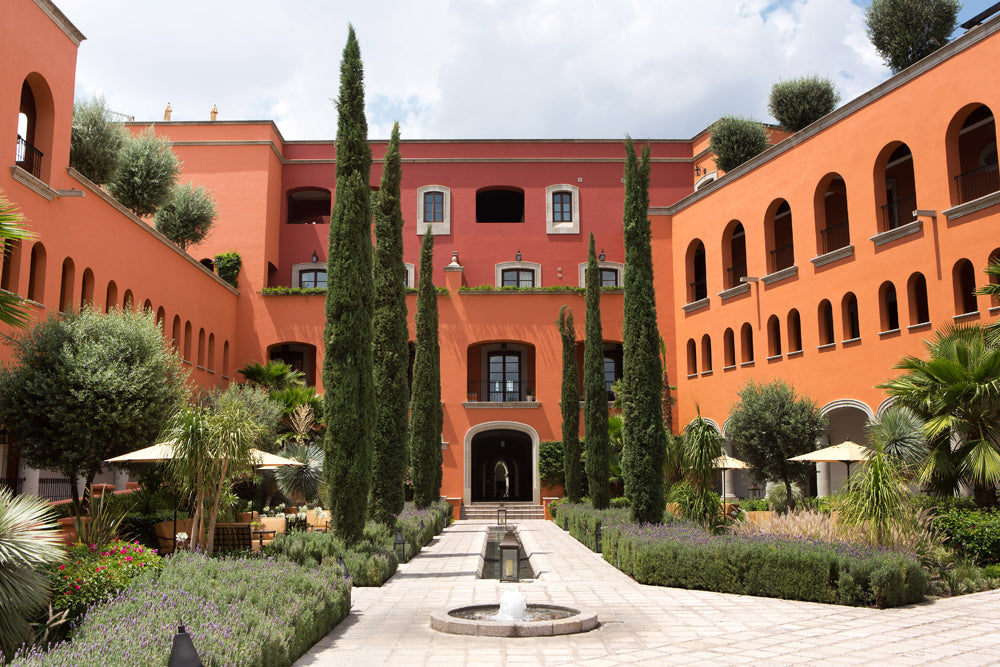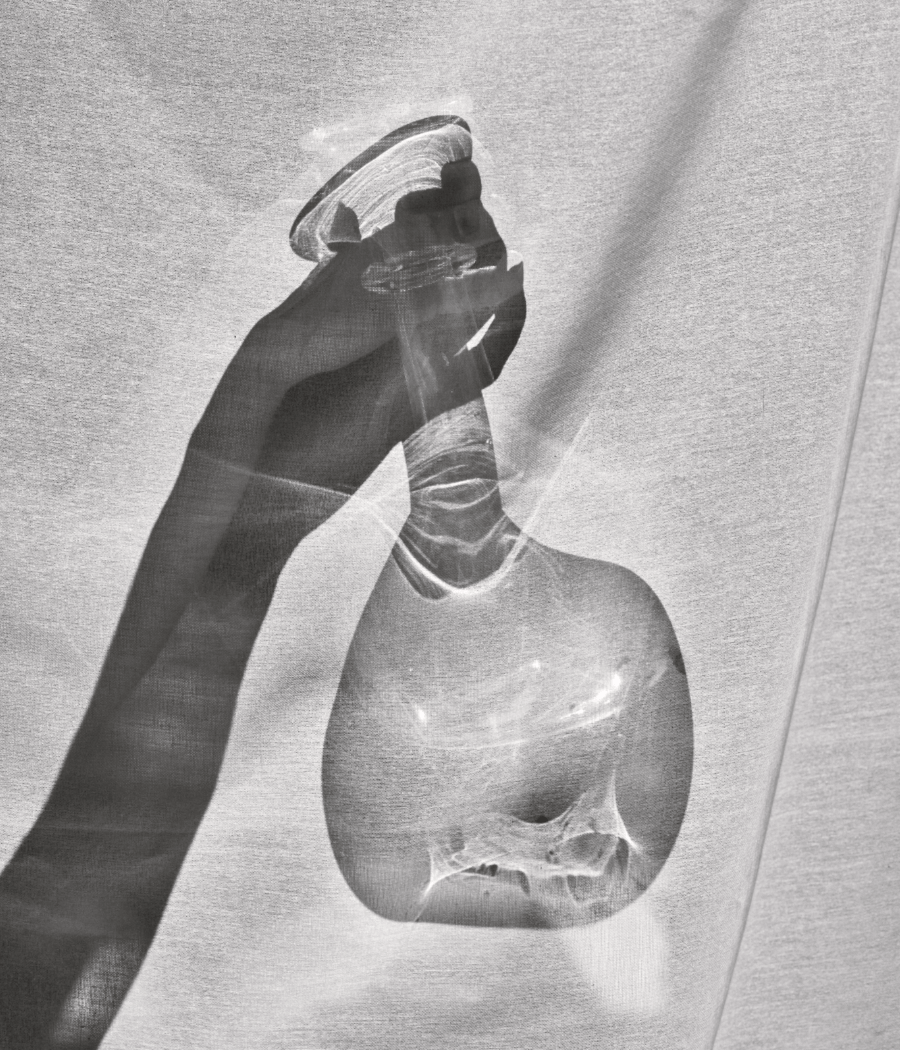Our hearts and thoughts are with you, Mexico — sending love and support to our neighbors affected by the earthquakes. As we have seen homes and communities destroyed, we have also witnessed incredible unity, a coming together to recover and rebuild. In this time of emergency, resources like food, water, and shelter are critical for survivors. If you’d like to help, please consider donating to GlobalGiving. The crowdfunding organization is highly-rated by Charity Navigator. We stand in solidarity.
Located in the highlands of central Mexico, far away from the coastline many of us imagine when we picture the country, is a cobblestone-lined, artist-haven jewel of a city—San Miguel de Allende. With its hot-but-not-scorching climate, Spanish Colonial architecture, steep hills, elegant buildings, and colorful façades in a palette of golden yellows and ruby hues, it’s a storybook-like setting.
Add to this scene San Miguel’s striking light and you have a city that can cast its spell over you and capture your heart. This artistic enclave and food-focused haven is not easy to get to, which has helped the area remain insulated and authentically Mexican. The culture and surroundings are enough to seduce visitors, eliciting dreams of moving to the city. And many do—permanently! Twenty percent of the San Miguel’s population is expats from the U.S., Canada, and Europe; the region became an expat hub for American and Canadian artists in the 1950s.
Of course, it isn’t just expats who adore the city. San Miguel is of great significance to Mexicans, too. It was the first town to declare independence from Spain during the Mexican War of Independence in the early 1800s. The city is the birthplace of Ignacio Allende (for whom the city was named), an officer in the Spanish army who switched sides and fought for Mexico.
You can still feel that romantic, unspoiled charm of yesteryear as you traverse the narrow streets—the preserved, old-time feel is part of the area’s allure. In 1926, San Miguel was declared a historic monument city and laws were passed to safeguard it from modernism, meaning no traffic lights and no neon signage to this day.
I spent about 48 hours in San Miguel de Allende and while there is so much to see, I wanted to share my most swoon-worthy, not-to-be-missed highlights.






































